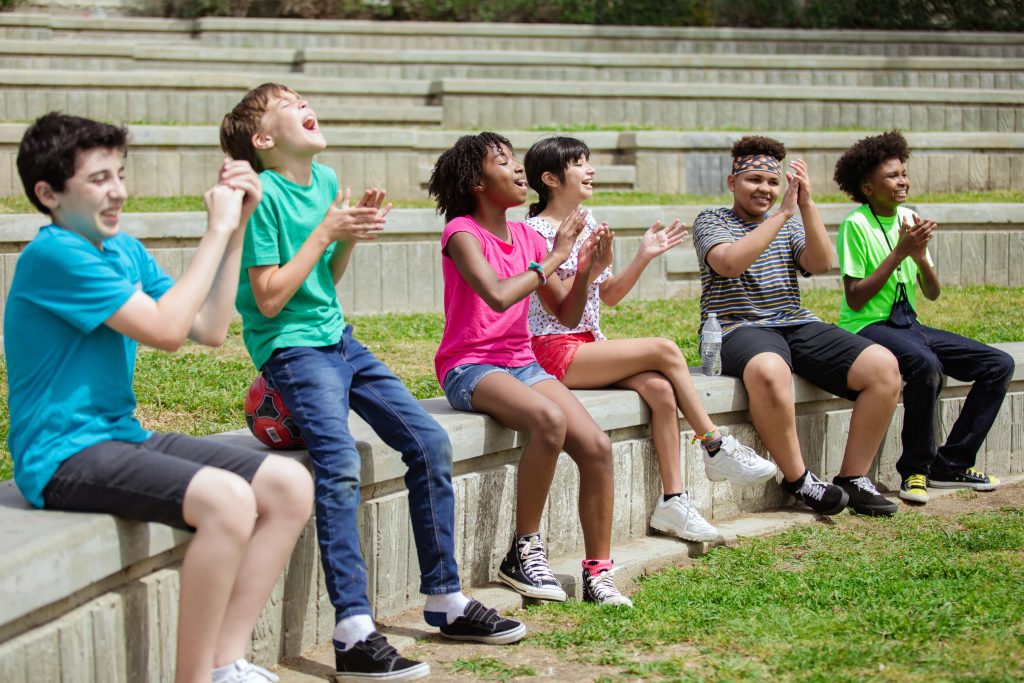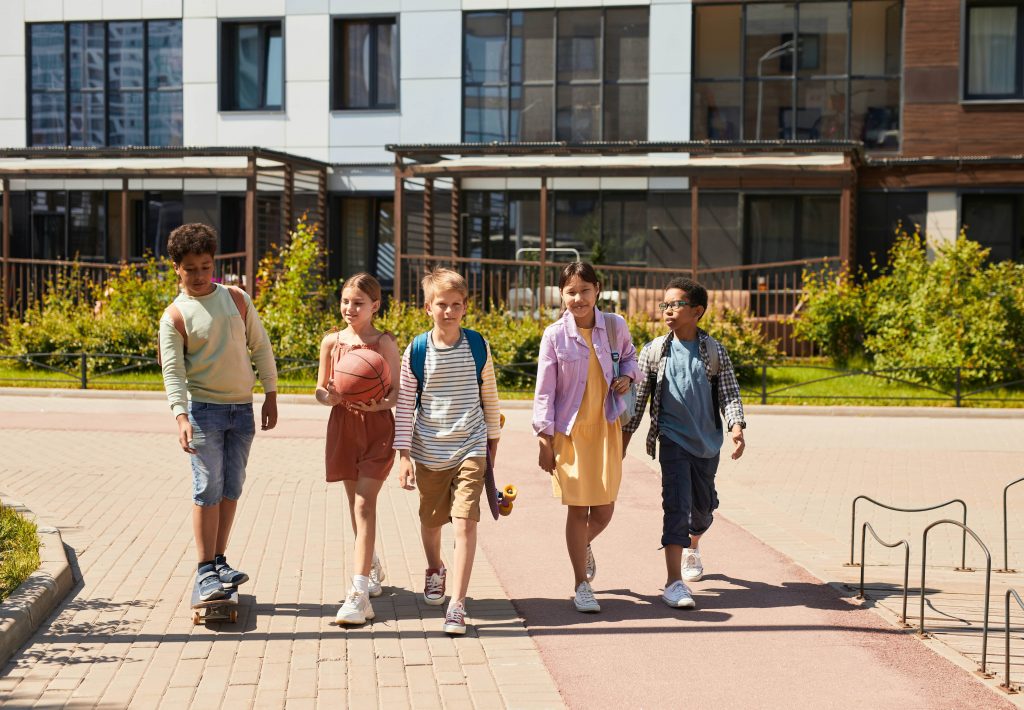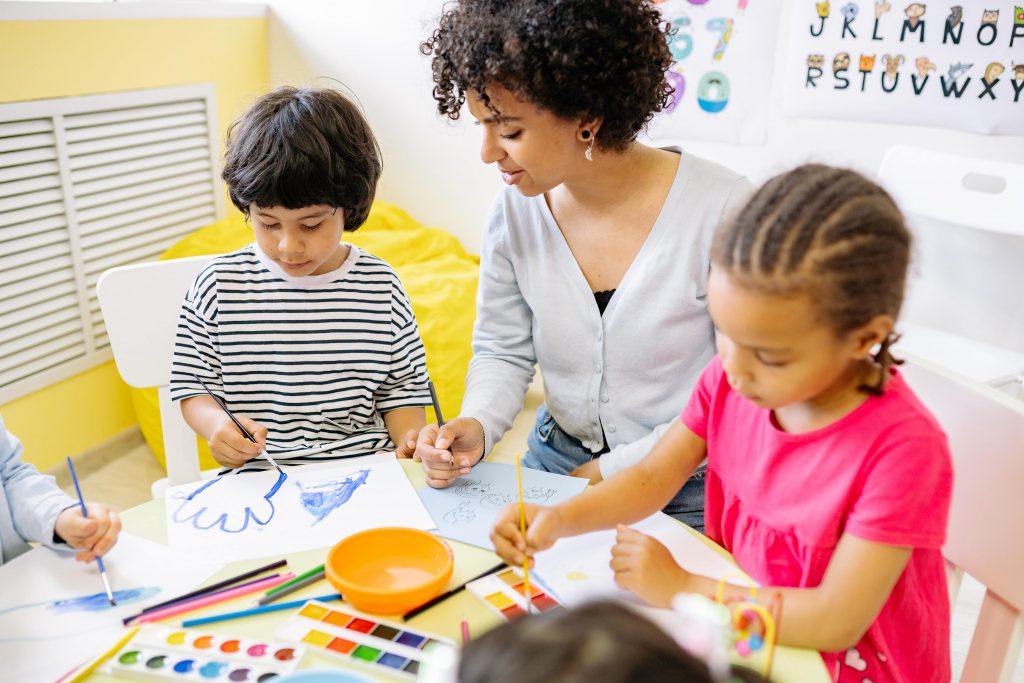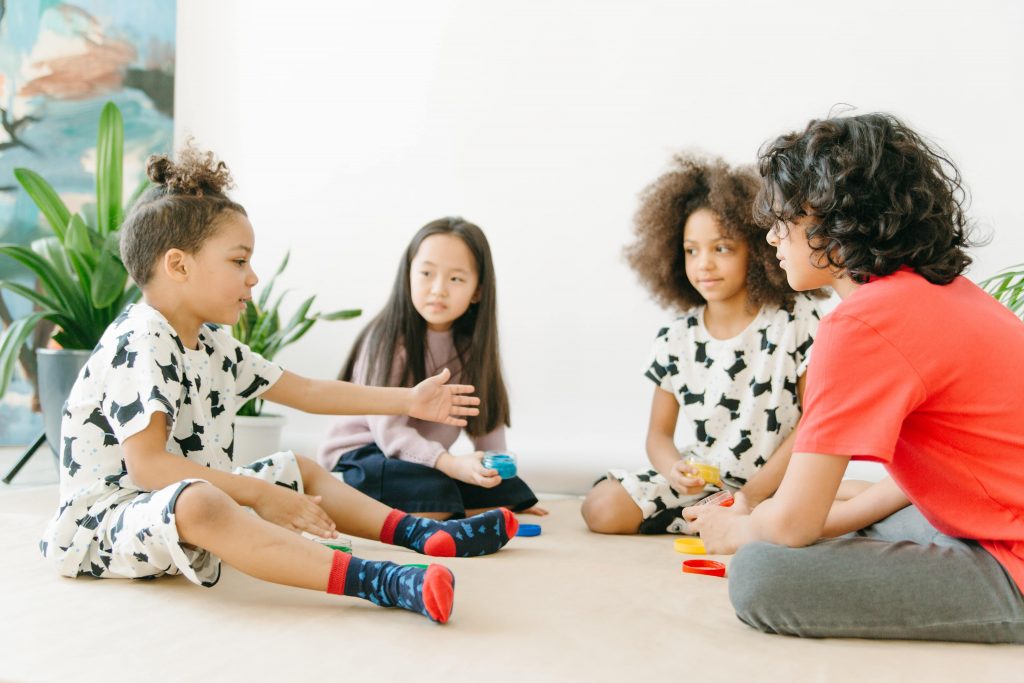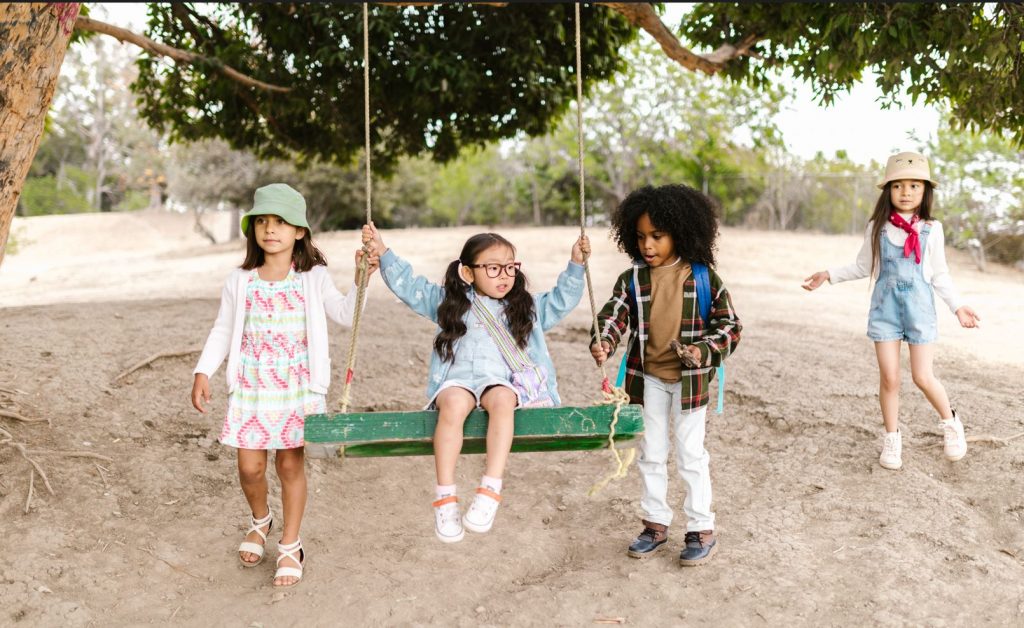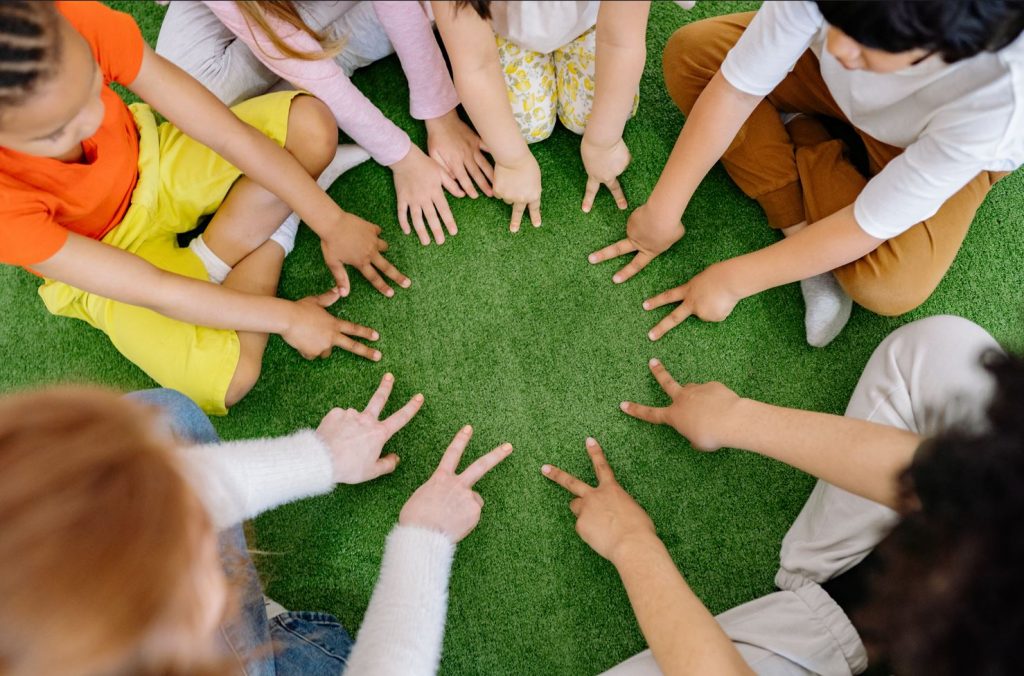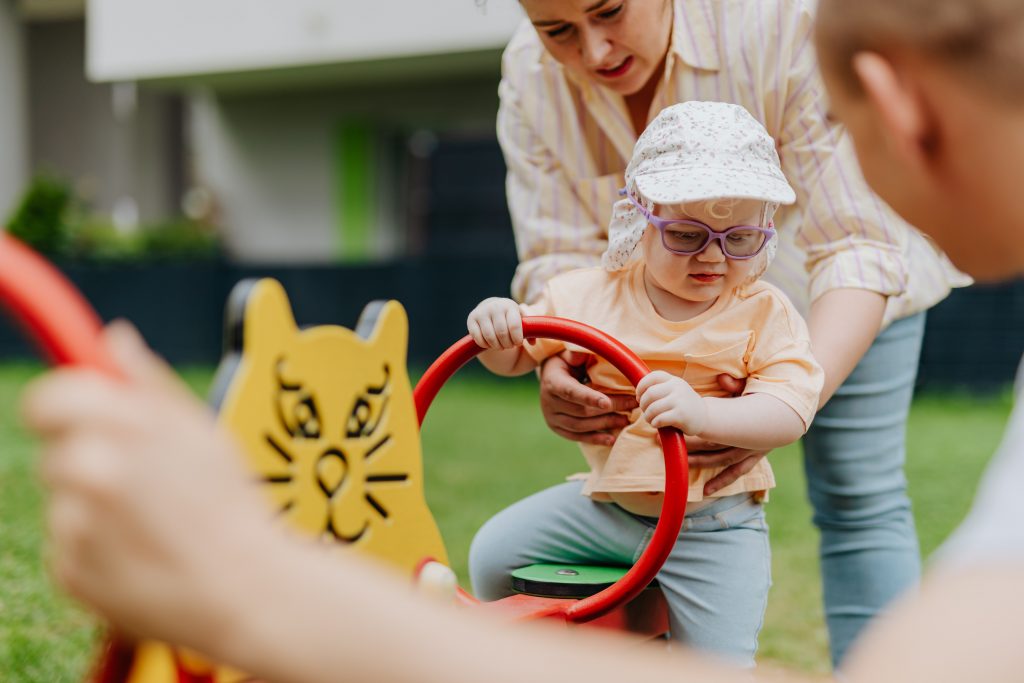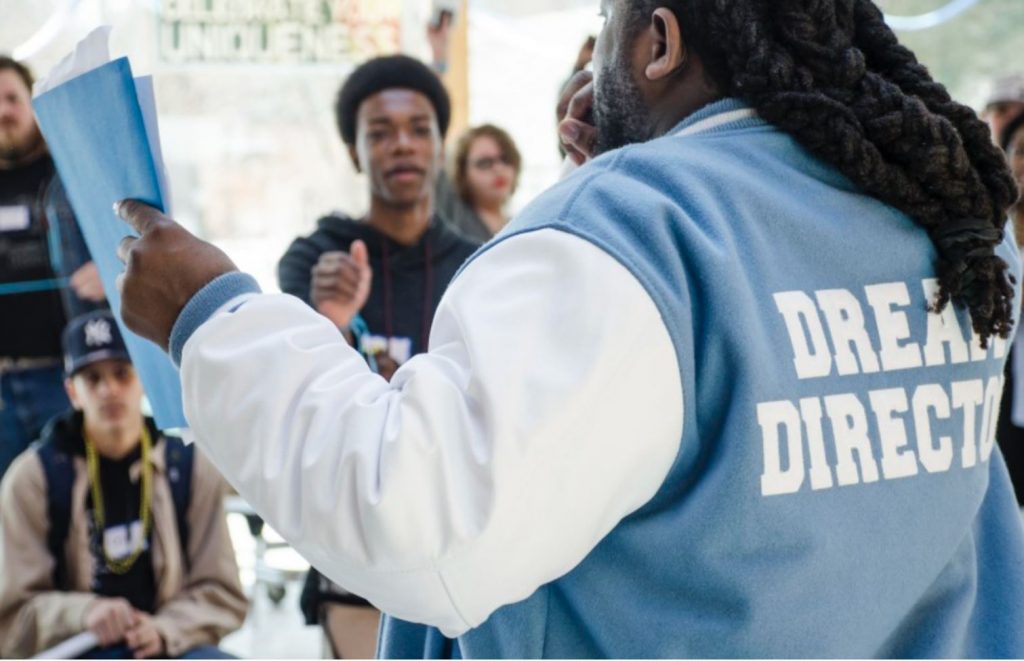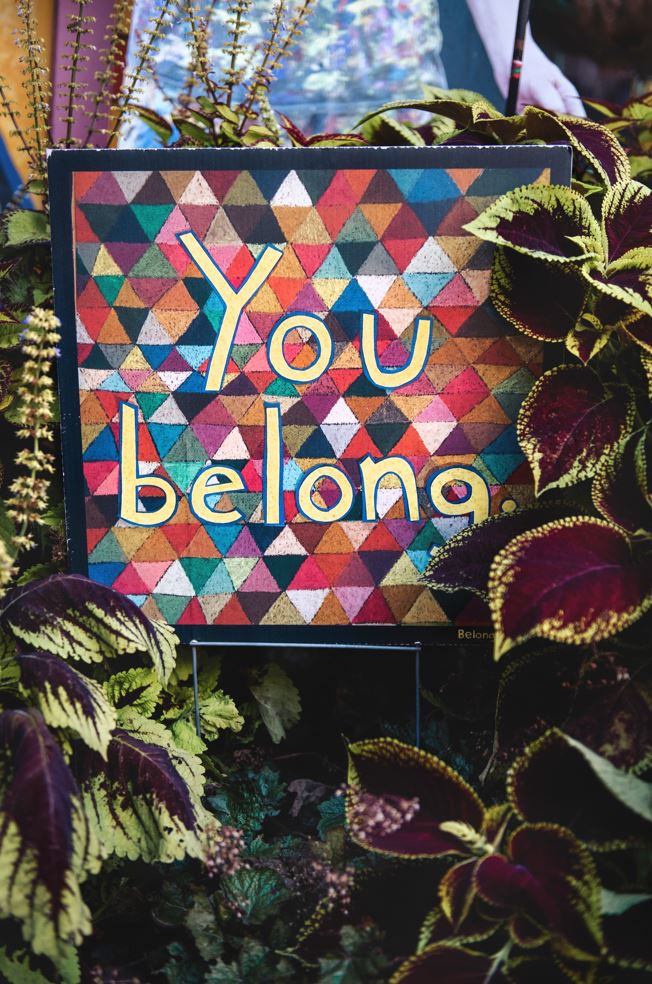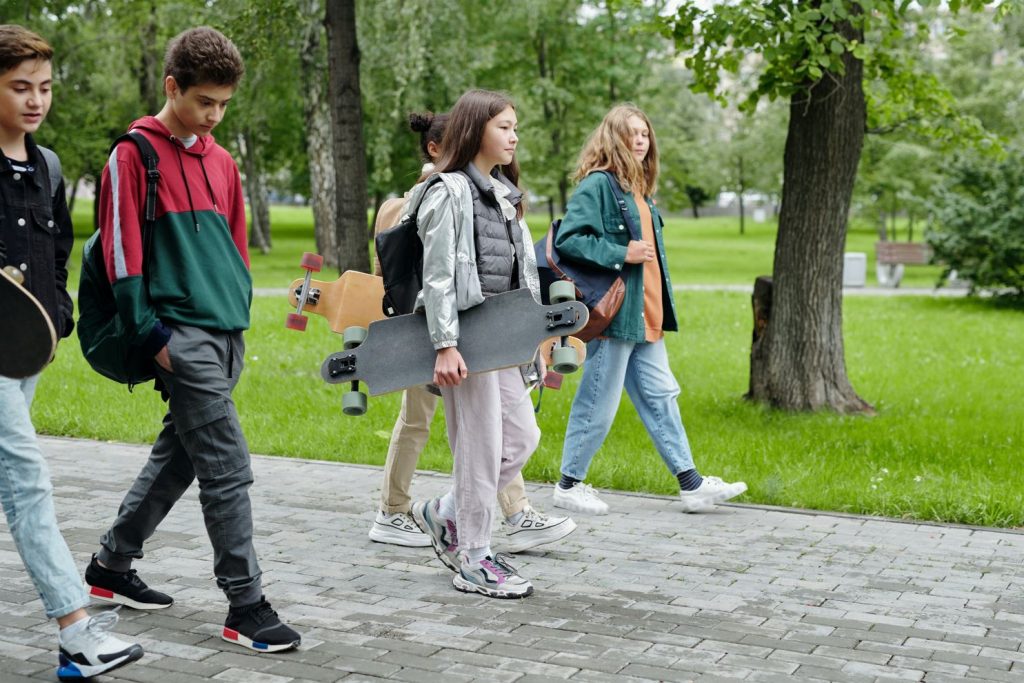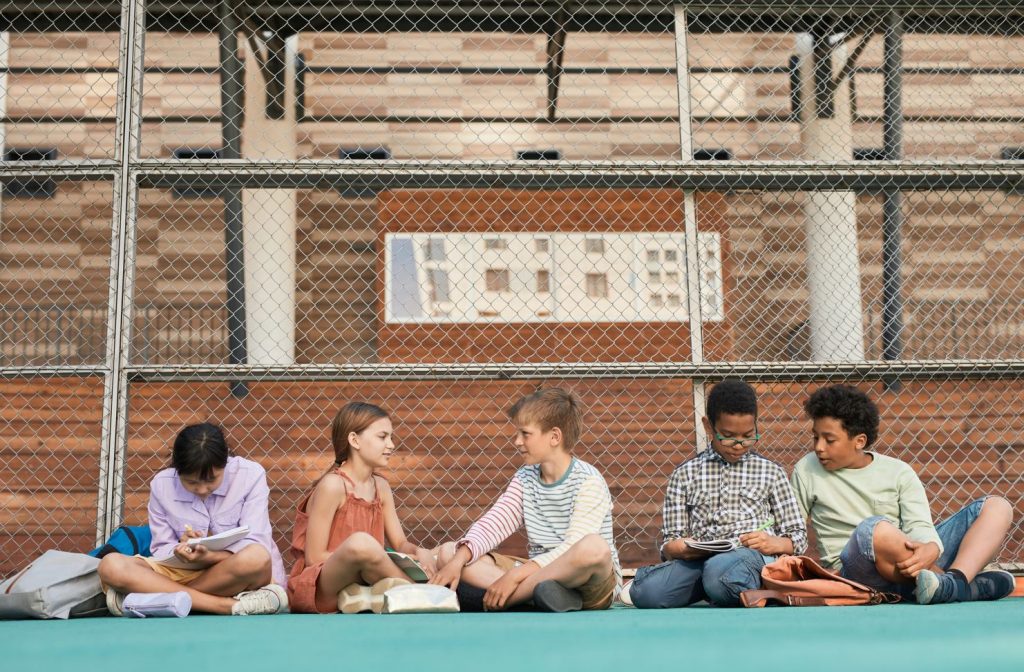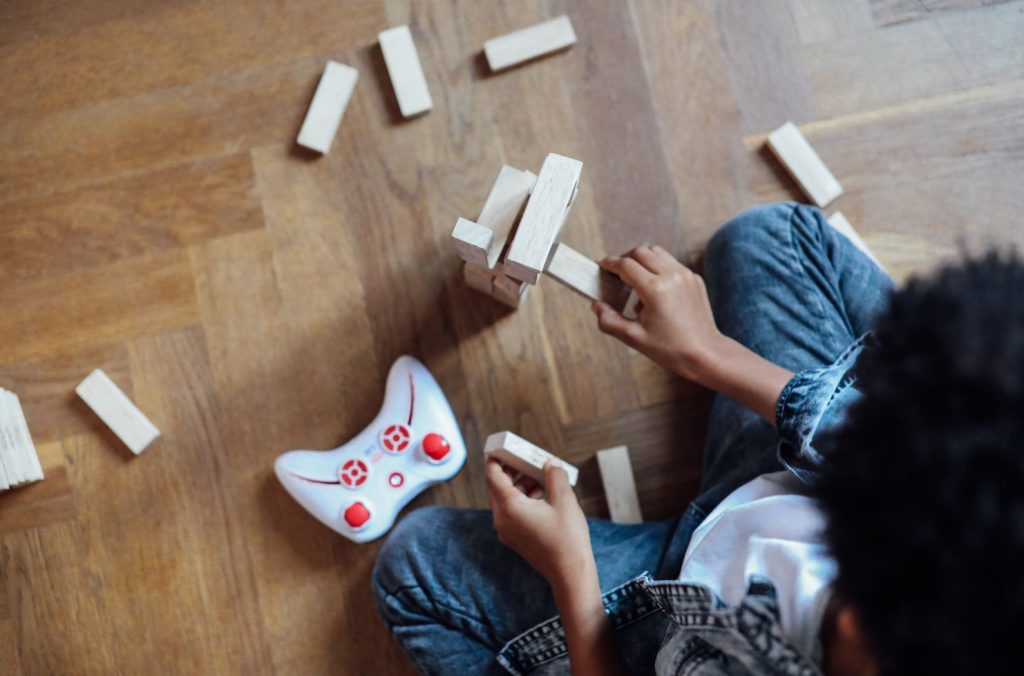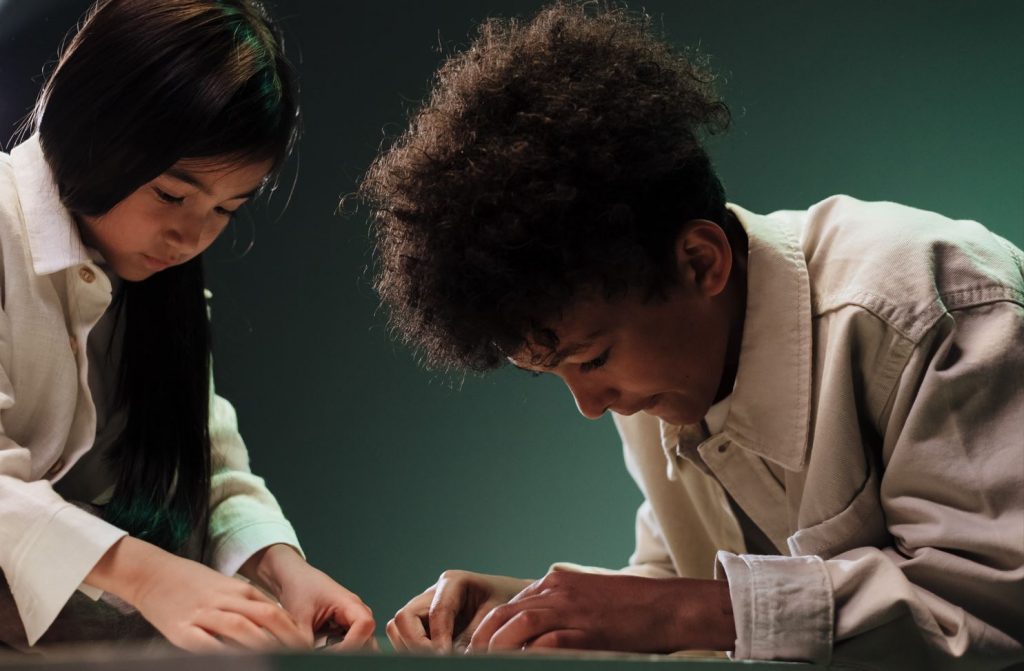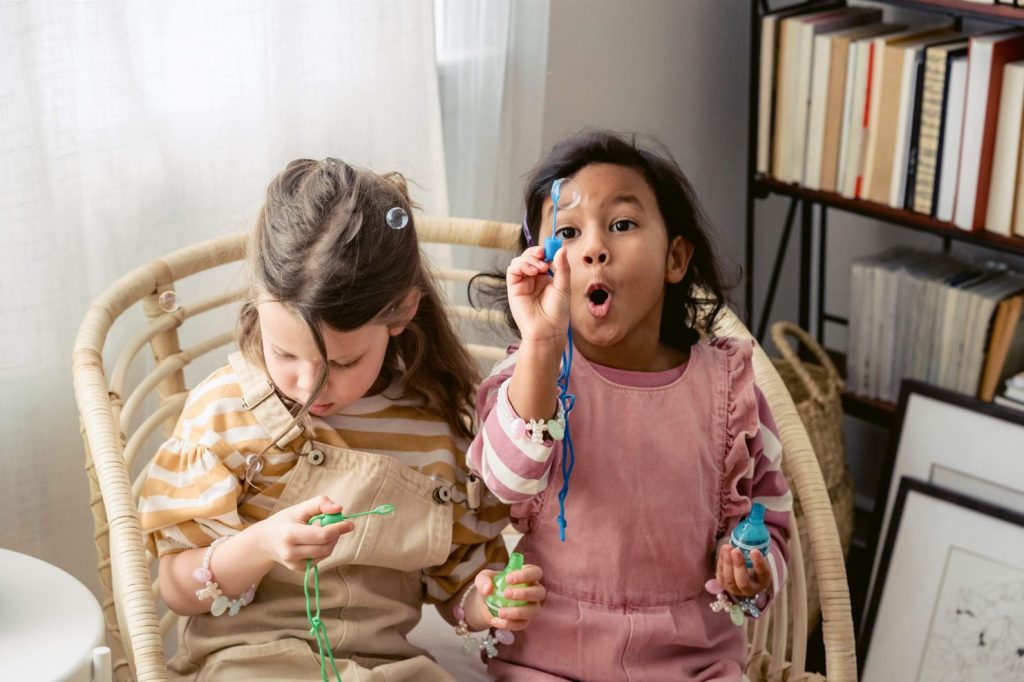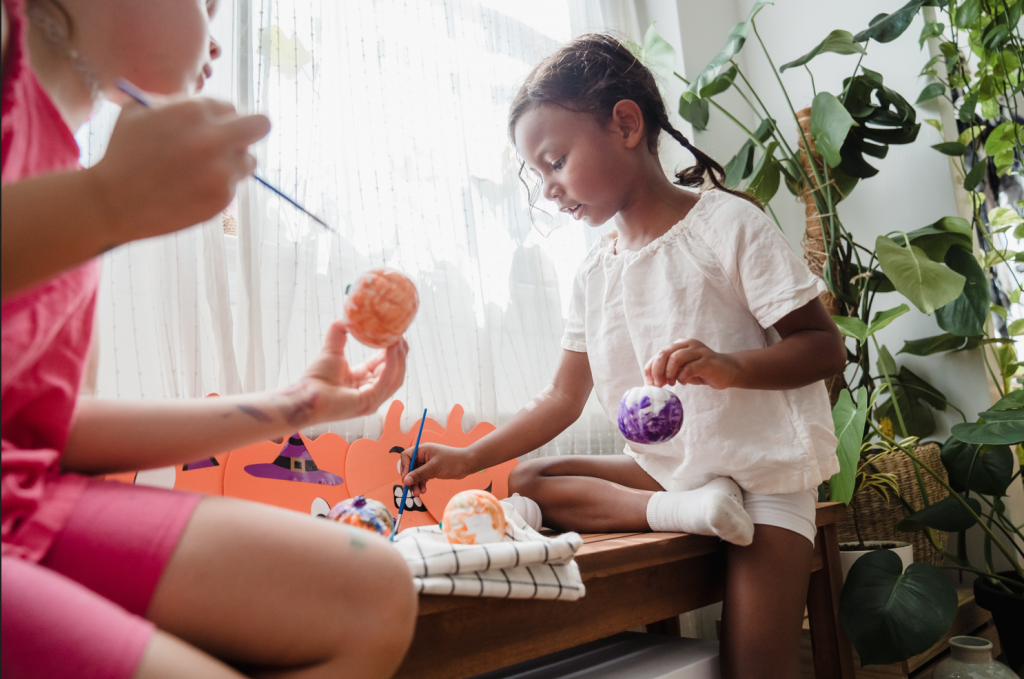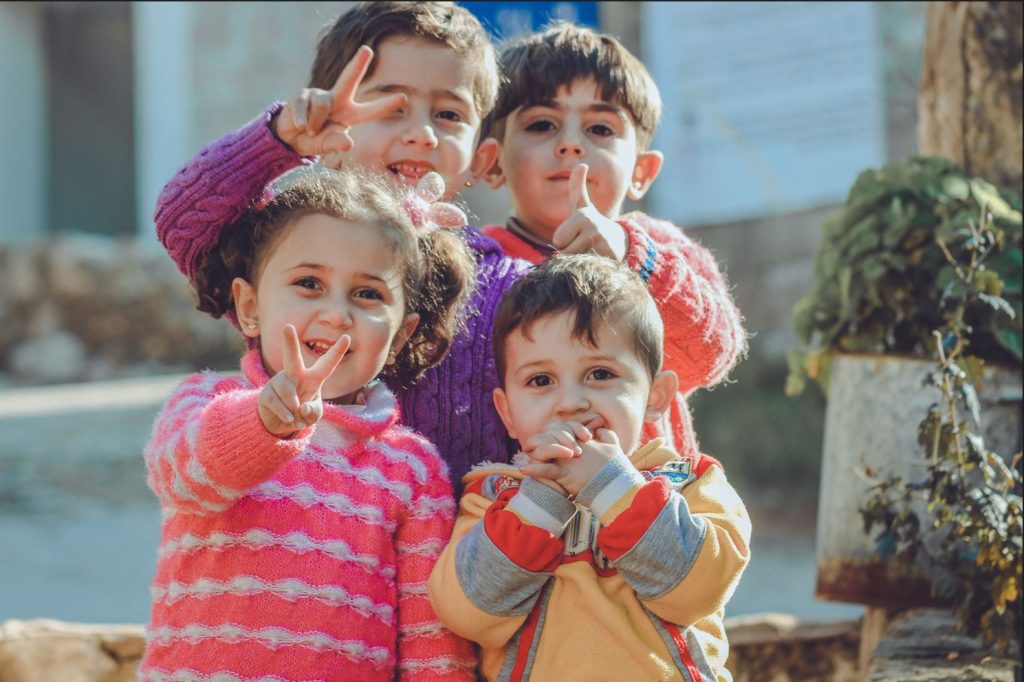Theorizing Belonging from the perspective of young former refugees
Tina Mathisen
How do young former refugees go about to create place attachment and belonging in a new home place while at the same time maintaining attachments to other home places? And what does the concept of belonging entail theoretically speaking? These were questions I was grappling with during my doctoral research together with youth of refugee background growing up in rural Norway (Mathisen 2020).

Uprooting and regrounding: when the meaning of belonging becomes palpable
Belonging is a concept that most of us have a relation to because in a basic sense, it is what we are all striving for in terms of feeling as a part of something bigger than ourselves and as a sense of security. However, as Anthias (2006) has pointed out, it is also something that we often take for granted and don’t think about before it is disrupted or taken away from us. For children and young people of refugee background uprooting and regrounding is often not a onetime experience, but something they have experienced several times on their route to a secure place to live their lives. Having obtained refugee status and being settled in a municipality could therefore be seen as an important first step in the young research participants’ process of making attachments to a new home place because it meant that they were given official recognition of their right to be in Norway. In addition, translocal networks and being able to keep in contact with family and friends from other home places showed to be important for a sense of continuity in the youth’s autobiography. The knowledge that the youth had gained from living in different places and the social support from friends and family in these translocal networks played a role in the process of attaching to a place in the here and now.

A personal sense of belonging to people and places
The research was conducted using a mix of participatory methods such as participant observation, in depth interviews, activity diaries, walk-alongs and auto-photography. Being present in the young people’s environments as well as the insights I gained from the activity diaries and photographs, revealed the important role that social and material aspects of place play in creating a sense of belonging. While security and stable settlement in a municipality was essential for feeling safe, sharing everyday time-space routines with other young people was important for the youths to be able to create a sense of normalcy during the settlement phase.

The school was a particularly important arena because this was where they would meet with other youths (mainly with a migrant background) who would include them in their friendship groups and introduce them to social codes and local place norms. However, where the youths were settled and what type of school they attended mattered in how they could attach to place. Attending preparatory classes made it difficult to make friends with majority youth because these classes were often spatially separated from mainstream classes and lacked natural meeting points. Some of the participants also had to travel a distance from other villages to attend preparatory class, which made it difficult for them to create social networks in the place where they lived as well as to cultivate the social ties they had made at school during after school hours. The activity diaries showed that around half of the youths were involved in organized after school activities, however, this did not mean that the others were not active, they rather tended to meet with friends in more informal settings such as on the playground, at the mall or in the local gym. The way that the youths would and could “do belonging” was also dependent on other aspects such as time spent in Norway age and gender.

While social aspects perhaps are what most of us think of when we think about belonging to a place, the materiality of place has likewise been identified as important for recreational purposes and for feelings of wellbeing and safety among former refugee youths (Sampson & Gifford 2010). Researchers have described how the process of attaching to a place is a process going on between the individual and the environment which is difficult to put into words because it is often bodily and attached to memory and emotions (Cele 2006, Bourke 2017, Mathisen & Cele 2020). Several of the youths in the study had taken photographs of nature and would tell stories about how these particular places had come to mean something to them, how they appreciated the beauty in nature and how it would make them feel. But also, mundane routines and activities like walking to and from school, libraries, or stores were important to become oriented, create familiarity and recognize oneself as part of a place.

Politics of belonging: the relational aspect
These examples suggest the constant and embodied work that the youths’ put into creating and maintaining a sense of belonging, but also what structural constraints they might face. As Allison Pugh wrote in an earlier post on this blog, the personal and political side of belonging is often described separately, although it is important to understand them together. In my research, it became vital to understand them together as the youth’s experiences were never an either or but almost always contained both aspects.

Some of the youths in the study who had lived longer in the municipalities described strong friendship bonds and being familiar with and making use of the place, its landscape as well as commercial and leisure facilities, as what made them feel as if they belonged. However, as geographers have pointed out, space is not a neutral container for social action, it is rather imbued with intersecting power relations (Molina 2007). This meant that even though the youths themselves could feel a sense of belonging to their local communities, this could be interrupted by negative social encounters such as experiences of racialization and not being confirmed as someone who belongs here. This highlights the relational aspect of belonging were negotiation and boundary making can take place in everyday life encounters and lead to feelings of inclusion or exclusion. Belonging is thus not simply about the work that the youths who seek belonging do, it is also dependent on how other people in a position to confirm or reject their claim to belong react towards them. For former refugee youths, recognition as in being recognized as someone who belongs on equal terms as others in their local communities is essential for experiencing a sense of belonging.
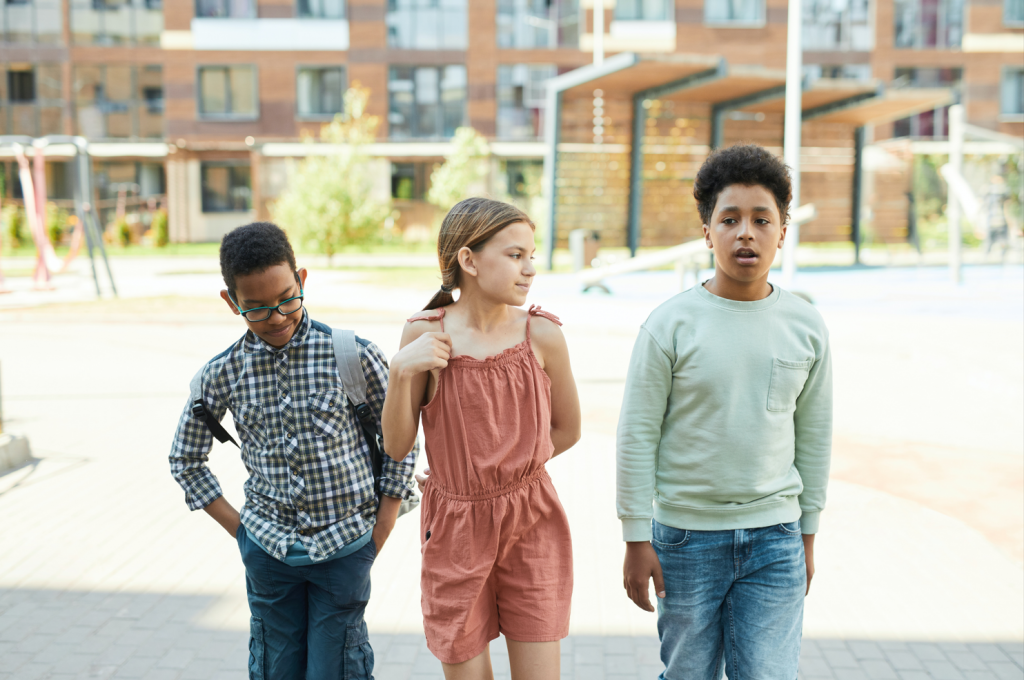
Finally, I would like to emphasise how the youths described different belongings on several levels and to different collectives simultaneously. The study showed how belonging can be found locally, within a group of friends, or translocaly within a network of relatives and friends from multiple places as well as to several nations that one might or might not call home. Belonging is thus not something you have once and for all, it is shifting and changing over time and might best be described as a continuous process with multiple connections.
Tina Mathisen is a researcher at the institute for Norwegian Social Research (NOVA) at OsloMet. She holds a PhD in human geography from the Department of Social and Economic Geography at Uppsala University. Her research interests mainly revolve around migration, children and youth, belonging, translocality, postcolonial theory, racism, intersectionality and qualitative method.
References
Anthias, F. (2006). Belonging in a globalizing and unequal world: Rethinking locations. In Yuval-Davis, N., Kannabiran, K. Vieten, U., (Eds.). The situated politics of belonging. London: Sage, p. 12-31.
Bourke, J. (2017) Children’s experiences of their everyday walks through a complex urban landscape of belonging. Children’s Geographies 15(1) 93–106. https://doi.org/10.1080/14733285.2016.1192582
Cele, S. (2006) Communicating Place. Methods for Understanding Children’s Experience of Place. Almquist & Wiksell International, Stockholm.
Mathisen, T. (2020). Between being and longing: Young former refugees’ experiences of place attachment and multiple belongings. (Ph.D.), Geographica 27. Department of Social and Economic Geography, Uppsala University.
Mathisen, T., & Cele, S. (2020). Doing belonging: young former refugees and their active engagement with Norwegian local communities. Fennia – International Journal of Geography, 198(1-2), 39-56. https://doi.org/10.11143/fennia.83695
Molina, I. (2007) Intersektionella rumsligheter. Tidskrift för Genusvetenskap 3, 6–21.
Sampson, R. & Gifford, S. M. (2010) Place-making, settlement and well-being: the therapeutic landscapes of recently arrived youth with refugee backgrounds. Health & Place 16(1) 116–131. https://doi.org/10.1016/j.healthplace.2009.09.004
